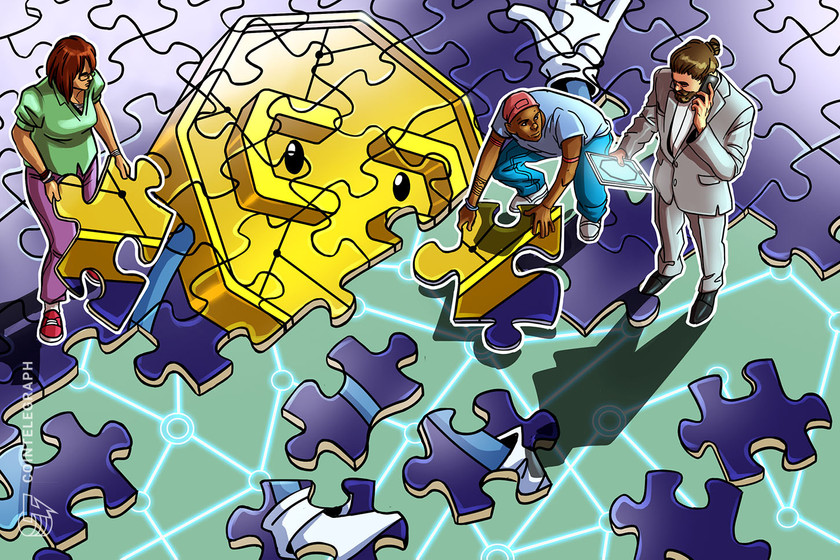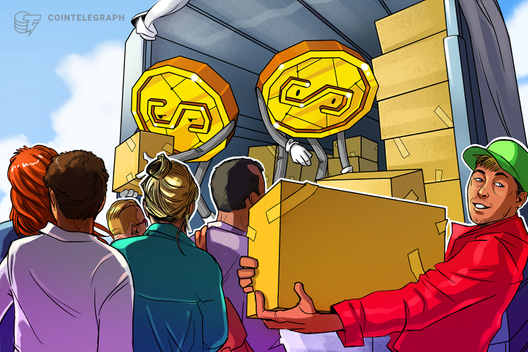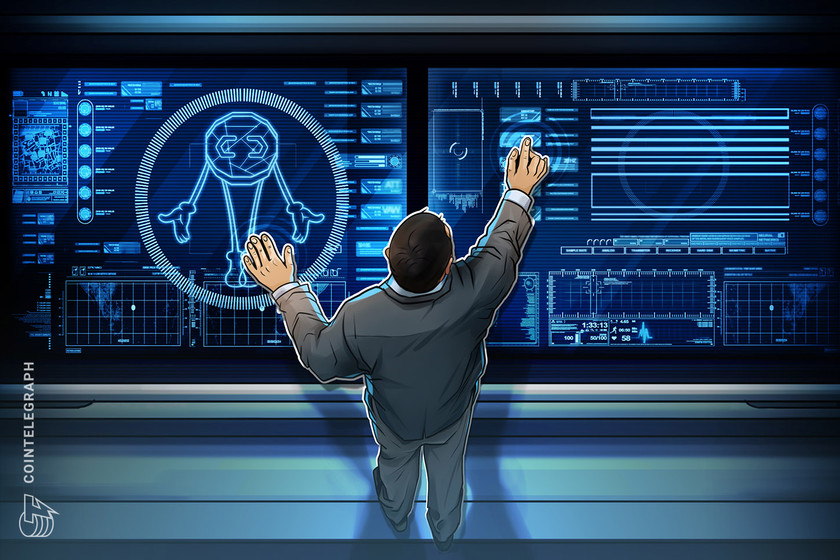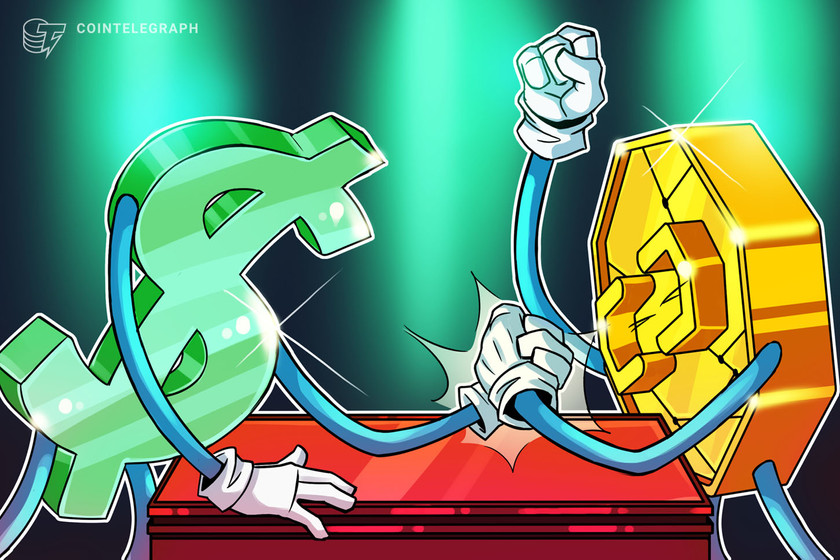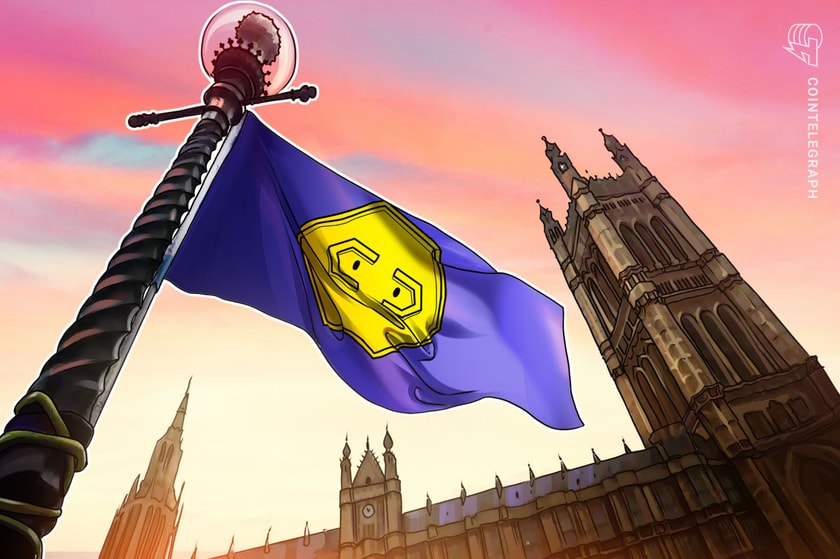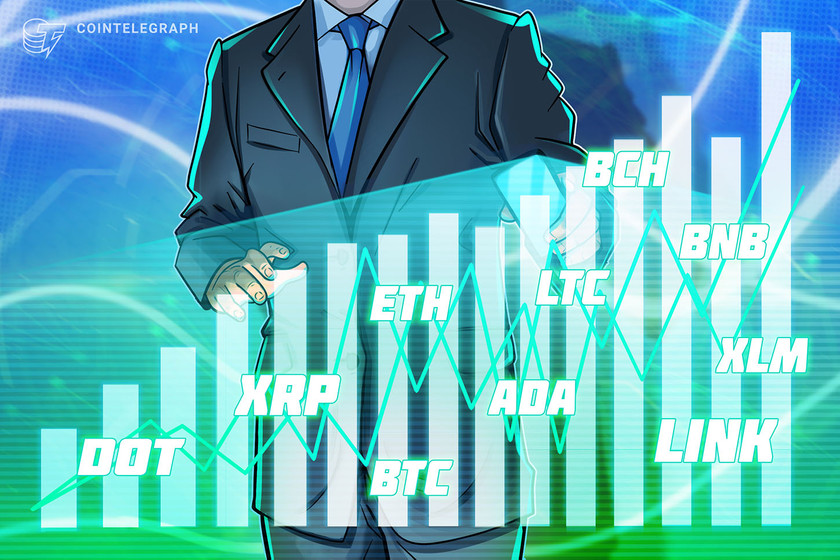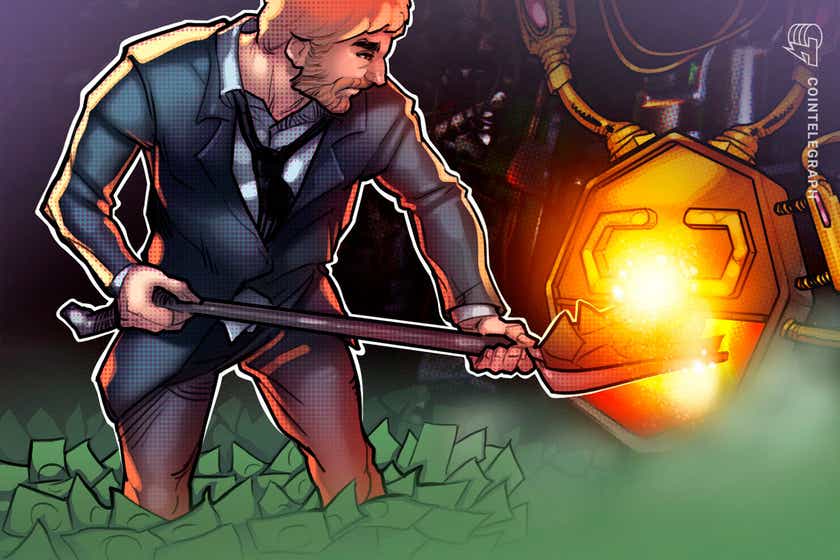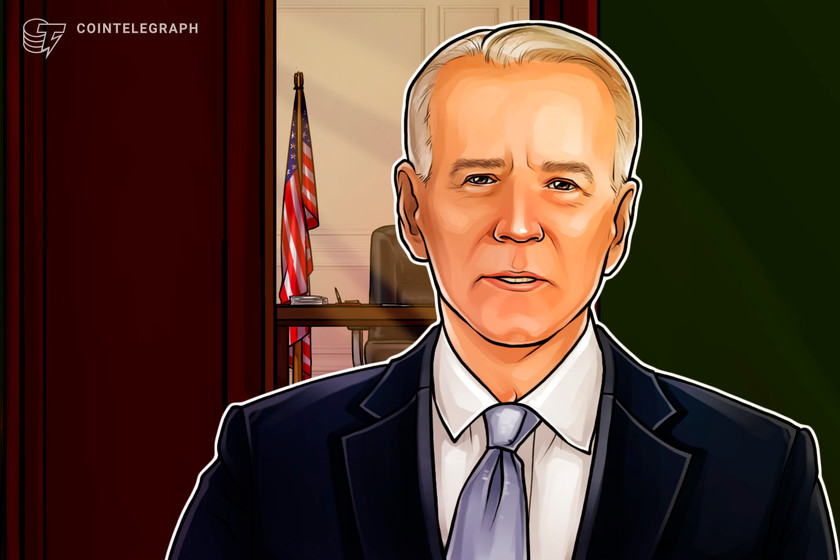25% of NFT owners have a collection of 51 or more – CoinGecko Report
Despite the crypto bear market in 2022, there wasn’t a significant decline in NFT adoption, according to the report.
80 Total views
1 Total shares

Own this piece of history
Collect this article as an NFT
Crypto data website CoinGecko has released survey findings indicating that the majority of nonfungible token (NFT) holders own 51 or more NFTs, while those who only hold a single NFT comprised the smallest group among the respondents.
Published on April 6, the CoinGecko report examined 438 responses from Dec. 2022 to Jan. 2023 in conjunction with Blockchain Research Labs.
At least 1 in 4 NFT holders (26.5%) said that they are “avid collectors” with 51 or more NFTs at the time of the survey, with the report noting this group likely represents people who are the most enthusiastic about NFTs. It noted:
“This suggests that people rarely stop participating in NFTs after their first one.”
It was closely followed by holders holding between 2 and 5 NFTs (17.6%), while those who held just one NFT accounted for a mere 4.8%.

Almost 4 out of every 10 people surveyed (38.8%) acquired their first NFT during the first bull market of 2021.
Despite 2022 seeing crypto enter a bear market, it still recorded the second-highest influx of new NFT collectors over the past five years, with just over 25% acquiring their first NFT during the year.

Meanwhile, only 2.9% got their first NFT in 2017, the same year in which Crypto Kitties and CryptoPunks were launched.
It was noted that NFT development may accelerate adoption in 2023, noting Bitcoin ordinals and Stamps NFTs, as well as Blur overtaking OpenSea to become the top NFT marketplace.
Related: OpenSea advanced NFT marketplace sparks mixed community reactions
In recent news, OpenSea launched OpenSea Pro on April 5, an NFT marketplace aggregator aimed at serving the needs of professional users, which is a refined version of NFT aggregator, which OpenSea acquired in April 2022.
Magazine: NFT Creator, The Sarah Show: Analog childhood meets dizzying digital future

